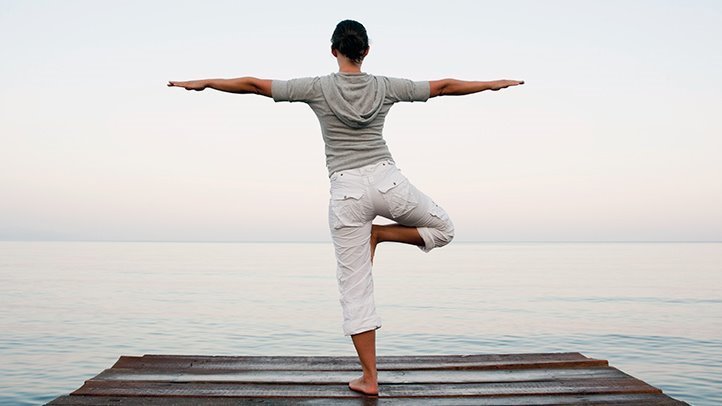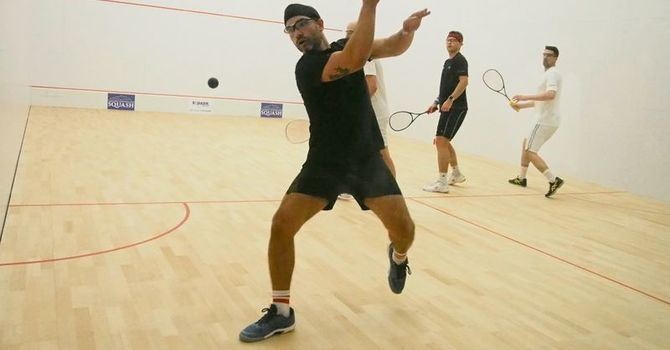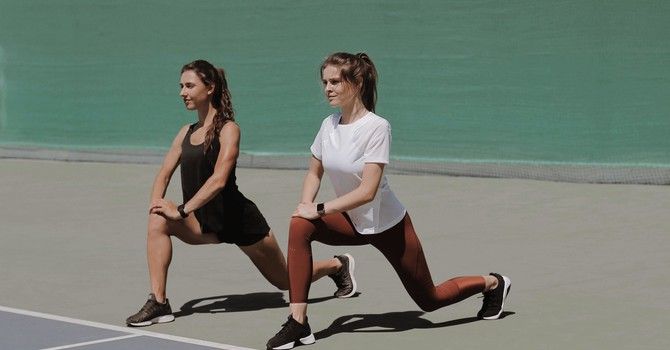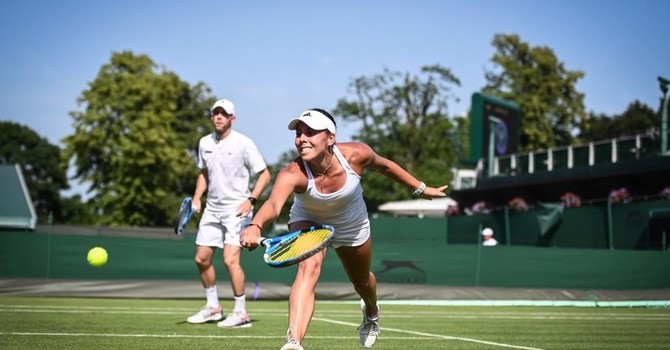
Balance for a Healthy, Active and Long Life!
Balance plays a critical role in overall health, athletic performance, mental well-being, and even longevity. It’s more than just a skill for preventing falls; it’s integral to maintaining mobility, avoiding injury, and enhancing quality of life. Balance begins to decline as early as your 30s, with noticeable changes often occurring in the 50s and 60s. The earlier you start working on balance, the better prepared you’ll be for the challenges of aging.
Balance and Health
-Injury Prevention: Balance is crucial for preventing falls, particularly in older adults. Research shows that better balance reduces the risk of ankle sprains, hip fractures, and other injuries (McHugh & Cosgrave, 2010). As we age, proprioception (awareness of body position) declines, making balance training essential for maintaining independence (Krosshaug et al., 2020).
-Joint and Muscle Health: Balance training helps strengthen stabilizing muscles around joints, which may prevent conditions like osteoarthritis and reduce the risk of injury (Hoffman et al., 2015). Strengthening muscles also improves coordination, reducing strain on the body.
Balance and Athletic Performance
-Improved Performance: Balance directly influences athletic performance, particularly in sports requiring agility, quick movements, or stability. Studies show that balance training enhances coordination and reaction time, which are critical for optimal performance (Gamble & Connelly, 2020). Athletes with better balance have greater control over their movements, leading to improved outcomes in sports like basketball, tennis, and running.
Balance and Mental Health
-Cognitive Function and Mood: Balance exercises, especially those involving mindfulness like yoga or tai chi, have been shown to reduce anxiety, improve mood, and enhance cognitive function (Chong et al., 2020). These benefits contribute to better emotional well-being and a more positive mental state.
-Social and Emotional Well-being: Maintaining good balance allows older adults to stay active, socially engaged, and independent, which are important factors for mental health and happiness. Being mobile means more opportunities to participate in social events and physical activities, improving overall life satisfaction (Liu-Ambrose et al., 2015).
Balance, Longevity, and Mortality
Fall-Related Mortality: Falls are one of the leading causes of injury-related death in older adults. Good balance can significantly reduce the risk of falls and improve life expectancy (The Lancet, 2012). Maintaining balance helps avoid falls and associated injuries, which can be life-threatening in older populations.
-Lifespan and Frailty Prevention: Regular balance training is linked to a longer, healthier life. Studies show that older adults with good balance are less likely to experience frailty and disability, which is associated with a longer lifespan (Pavasini et al., 2016). Keeping active through balance exercises delays or prevents age-related decline in physical function.
Conclusion
Balance is essential for reducing injury risk, boosting athletic performance, and improving mental health. It also plays a major role in longevity, helping individuals maintain independence and enjoy a better quality of life as they age. Incorporating balance exercises into your routine—whether you’re an athlete or an older adult—can make a significant difference in both your short- and long-term health. Since balance begins to decline as early as your 30s, starting balance training now can benefit you well into the future.
If you're looking to start balance training or need personalized advice, our physical therapy team can help you stay stable, strong, and active.
--
References:
- McHugh, M. P., & Cosgrave, C. H. (2010). To Prevent Injury, Strengthen Your Balance. *British Journal of Sports Medicine*, 44(11), 853-859.
- Gamble, P., & Connelly, D. M. (2020). The Impact of Balance Training on Sports Performance: A Systematic Review. *Journal of Strength and Conditioning Research*, 34(10), 2853-2866.
- Hoffman, M. A., et al. (2015). The Role of Balance and Proprioception in Preventing Lower Extremity Injuries. *Journal of Sport Rehabilitation*, 23(1), 1-9.
- Krosshaug, T., et al. (2020). Effectiveness of Neuromuscular Training for Preventing ACL Injuries: A Systematic Review and Meta-Analysis. *Sports Medicine*, 50(7), 1073-1087.
- Chong, C. S., et al. (2020). Effects of Tai Chi on Mental Health in Older Adults: A Systematic Review. *International Journal of Geriatric Psychiatry*, 35(9), 1016-1024.
- Liu-Ambrose, T., et al. (2015). The Effect of Exercise on Cognitive Function in Older Adults: A Systematic Review and Meta-Analysis. *The Journal of the American Geriatrics Society*, 63(9), 1832-1841.
- Pavasini, R., et al. (2016). Exercise for the Prevention of Falls in Older Adults: A Systematic Review and Meta-Analysis. *Journal of the American Geriatrics Society*, 64(6), 1171-1177.
- The Lancet (2012). Falls in Older Adults: Risk Factors and Prevention. *The Lancet*, 380(9835), 1346-1356.

Keely Behning
Contact Me




